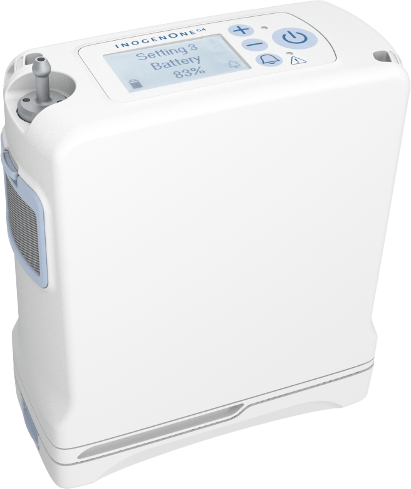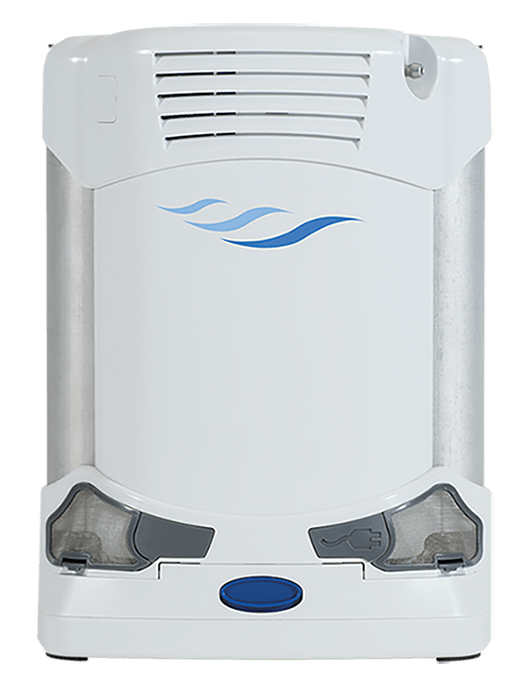
For many seniors, there will come a time when leaving the home to move to an assisted living facility or another type of senior living solution becomes a reality. Adults aged 65 and older have a 70% chance of needing some form of long-term care, possibly including relocation to a senior care facility. In the majority of cases, older adults sell their primary residence to provide the necessary funding for a senior care facility. Others may need to apply for VA benefits or wait for other permanent funding sources to pay for care. However, these things take time, and the older adult might need to move quickly. That’s where a bridge loan can help.
Once you secure your bridge loan, you’ll need to take care of a few items and keep track of others. This article outlines what you need to do once you secure a bridge loan to fund your move to a senior living community.
What is a bridge loan?
A bridge loan is exactly what the name implies: It’s a loan that acts as a “bridge” between selling your current home (or obtaining other permanent funding) and paying for a new place to live.
As with buying a new home, there are upfront costs associated with a move. Senior care facilities require you to qualify financially and pay a community fee upfront to move into a facility. They want to be sure you have the means to pay for a long-term stay and can pay the necessary expenses before moving in. Paying one to two months’ rent in advance of moving in is also quite common. A bridge loan provides the facility with the assurance that you will be able to meet your immediate and long-term financial obligations.
What to do after securing a bridge loan
Once you’ve secured a bridge loan, there’s much to do. Let’s take a look at your responsibilities and how to keep finances from making your move unnecessarily complicated and troublesome.
Understand the bridge loan terms
It’s imperative that you carefully read through the loan documents so you understand the interest rate, repayment schedule, and any fees associated with the loan. Be aware that interest rates for bridge loans are typically higher than those for conventional loans because of their short-term nature.
Be sure you know when your payment is due and the total amount of the loan. Repayment terms will vary by lender. Some bridge loans require you to make monthly interest payments during the loan term, with the principal due upon the sale of your home or at the end of the loan period.
Coordinate fund disbursement
Bridge loan funds are most often disbursed directly to the facility to cover expenses such as community fees and monthly rent, ensuring timely payment. Depending on the lender’s terms, funds may also be used for related costs, including moving expenses. You’ll need to coordinate and confirm fund disbursement with your lender. Keep detailed records of disbursed funds to be sure they’re allocated correctly and paid promptly.
Develop a repayment strategy
Decide upfront how you’re going to repay the bridge loan. While the sale of a primary residence is most often the source of funds, accessing retirement funds or waiting for approval of VA benefits may also be a consideration. Be sure your repayment plan aligns with the loan’s terms to avoid additional interest charges or penalties.
Communicate with the senior care facility
Clear communications with the senior care facility are key to a smooth transition. Let them know about the bridge loan arrangement and confirm that payments will be made directly to them from the lender. Work with the facility’s finance department to ensure that it has all the necessary information to process payments without any issues.
Monitor the sale of assets (if applicable)
If repaying the bridge loan depends on selling your home or other assets, stay involved in the process to prevent unnecessary delays. Always have a backup plan in case the sale takes longer than you expected since this can impact the timely repayment of the loan.
Keep detailed records
Document everything. Keep records of all written and oral communications, loan documents, and any transactions related to the bridge loan. Also, regularly check your loan statements to make sure they’re accurate. Address any discrepancies promptly.
Plan for loan closure
As you near the end of the loan term, be sure to have the necessary funds ready to repay the principal and interest due. Be sure to get written confirmation from the lender that the loan has been closed and that you’ve met all your obligations.
Final thoughts
Moving to a senior care facility can be stressful, and figuring out how to pay for it can make it even more so. A bridge loan can help you pay for an immediate move-in, but it might feel like another complicated item to take care of. However, following these recommended steps should help your move go smoothly.








